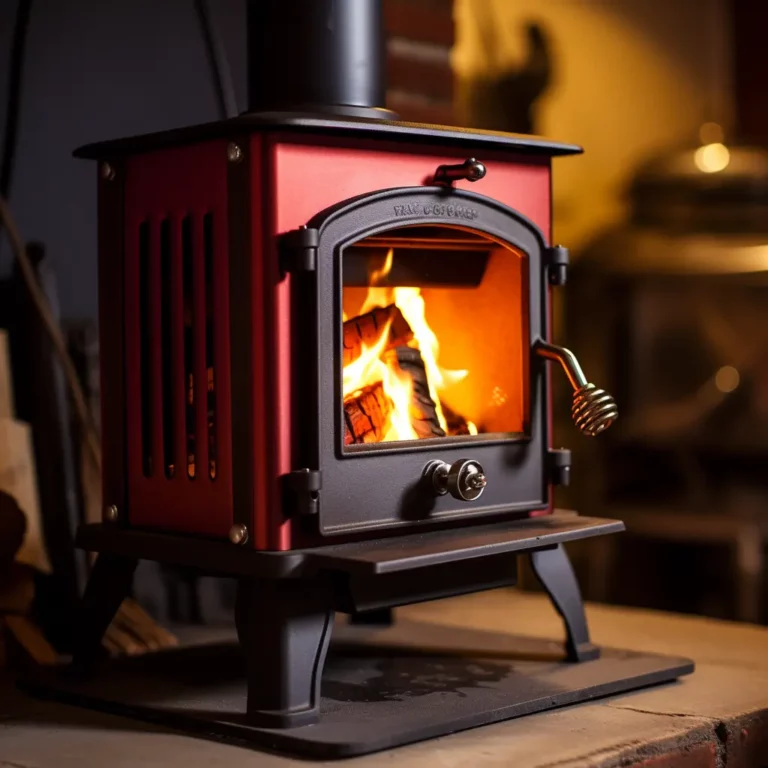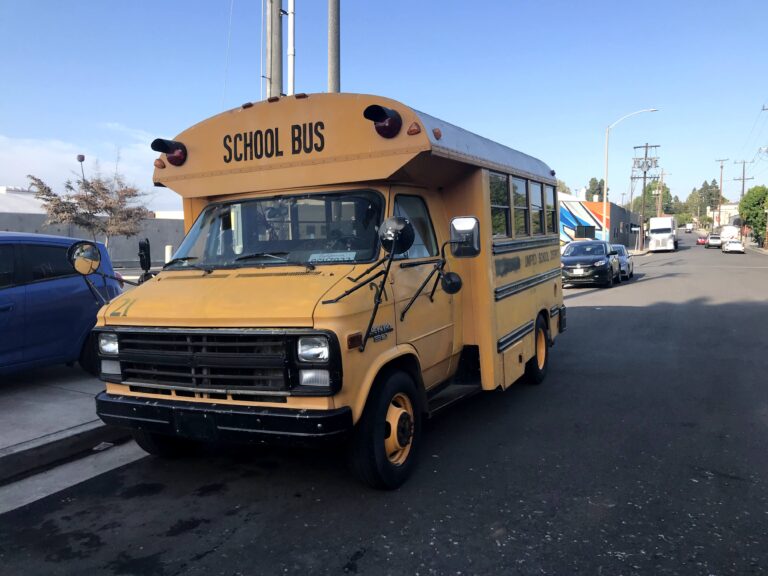Beginners Tips for Driving an RV
When I first got my RV I was so excited to drive it all over the country. But when I got behind the wheel for the first time I was a little nervous about driving such a large vehicle. I thought it would be a lot like a car but there are so many things you have to keep in mind when driving a large vehicle. There were several things I had to learn before I was comfortable driving my RV through cities and out in the country. Here are some beginners tips for driving an RV to make sure you are safe and comfortable on the road.

Inspect Your Vehicle BEFORE Driving
One of the most important beginners tips for driving an RV is to inspect your vehicle every time you drive. I always start with checking my tires. Make sure the tire pressure is good, check the tread and make sure there isn’t any damage on the tires. While you’re checking the tires it’s important to make sure you lug nuts are tight and secure. You’ll want to avoid a blow out on the road at all costs.. The next thing I check on my RV is all of the lights. Check turn signals, headlights, high beams, brake lights, reverse lights and clearance lights. And always make sure your mirrors are correctly aligned. This is also a good time to check your engine for correct fluid levels. Check the coolant, engine oil and windshield wiper fluid. If you don’t know how to do these things there are tons of mechanics on YouTube that will show you the ropes.
If you are towing a vehicle behind your RV or you have a trailer then there are several other steps you need to take before you hit the road. Make sure you follow all local laws for towing vehicles where you will be traveling. Make sure you correctly attach your trailer or vehicle, and connect the chains. And check the tow plug and check if all of your lights properly work.
Practice, Practice, Practice
The best way to get better at something is to keep practicing it. Find a large parking lot or paved area that doesn’t have anyone around. Be sure to look out for any low hanging trees so you don’t hit them. I slowly rolled my vintage RV into a tree branch and it caused a small amount of damage to the front corner. Over time this became a big problem. There was water damage from the dent and I didn’t notice it. This later caused some mold to grow and the repairs were costly.. While practicing in the lot, notice how the turning radius on an RV is much wider than a regular car.
Brake Cautiously
Larger vehicles weigh much more than a regular car, especially when you are talking about 30+ foot long RVs. So, of course, they take a little bit longer to come to a complete stop. But each vehicle is different. You may have a larger vehicle but don’t have that much stuff inside, then your RV might actually stop fairly quickly.
While you’re out on the road be sure to keep some extra space in between you and the vehicle in front of you. It’s recommended that you keep and extra 6 to 10 feet than you would in a car. In my experience, cars are completely oblivious to RV drivers, especially in cities. Be prepared to have a car cut you off and then slam on their brakes. Always be cautious of what’s going on around your vehicle.
Take Your Time & Rest Often
Since RVs are so big it’s best to keep it slow and steady. Some places have separate speed limits for larger vehicles or vehicles that are towing. Of course, you shouldn’t drive too slow that it creates traffic. If you are on a narrow road look for a turn-out to pull over and let other vehicles pass. Some areas may even require that slower vehicles pull over in turn outs.
Since driving an RV takes so much attention it is important to rest often. Plan on taking the extra time on your trips to stop and rest at rest areas or campsites along the way. You can even stop overnight at some stores like Home Depot and Walmart. But each store has different rules so be sure to call and talk to the store manager before you actually stay in the lot.

Use an RV GPS
There are several RV and Truck GPS devices and apps that really help you find the best and safest route for your RV. You input your Vehicles dimensions and weight and the GPS will give you an appropriate route. It makes sure that your vehicle isn’t too high for any bridges on your route. And also if your vehicle exceeds any weight limits it’ll avoid those streets and bridges that are unsafe. These might cost you a bit extra but they are so worth the money that I highly suggest having one, especially if you’re new to driving larger vehicles.









